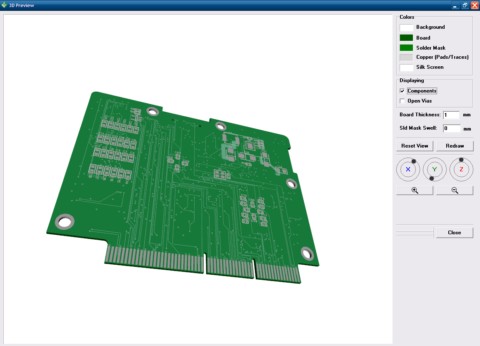
Biblioteki Otechestvennih Komponentov Dlya Diptrace
3.51 MBbiblioteki-dlya-kompas-elektrik-3d-v15-along.exe. 6.06 MBdiptrace-biblioteki-otechestvennih-komponentov-skachat.exe. Invoices and Monthly Billing statements are sent via email. Please enter the email address where you would like these documents sent.
Electric power in Bosnia and Herzegovina has been produced and used for more than 115 years. The first power station was built in 1888 next to the coal mines in Zenica, seven years after the first power plant in the world was built and put into operation in New York in 1881. Due to poor economic development, the process of electrification in Bosnia and Herzegovina was slower than the electrification of developed European countries. By the end of 1919, only 1.1% of the settlements were electrified in Bosnia and Herzegovina.
In 1945, 16% of the settlements had electricity, and in 1980, 93% of the populated areas were electrified. Electric power production in 1945 reached 65 million kWh. In 1992, production was 13.7 billion kWh, and in 2002, 10.8 billion kWh was produced.
The electric power consumption in 1945 was 55 million kWh, in 1991, 10.6 billion kWh, and in 2002, 9.8 billion kWh. Along with the electrification of Bosnia and Herzegovina and the increasing use of electricity, the need to connect power stations and the centers of consumption of electric power by transmission network arose. The capacity and voltage level of facilities and plants for transmission and transformation of electric power were increased. Important 5 kV, 6 kV and 10 kV overhead lines for the transmission of electric power in Bosnia and Herzegovina were built in early 20-ies of the last century. The first 10 kV overhead lines were built between Sarajevo - Ilidža and PP Kreka - Tuzla. Furthermore, the dynamic of the construction of the first lines of higher voltage levels in Bosnia and Herzegovina was as shown in the table below. Phase two: From 1948 to 1958, 35 and 110 kV transmission networks were used for the transmission of electric power.
At that stage, the expansion and connection of the areas of regional electrification within the transmission network was intensified. Download armored core for answer ps3 iso files. Power stations were connected and the usage of their capacities were synchronised.
The technical conditions for the reliable supply of the centers of electric power consumption were created throughout Bosnia and Herzegovina, and the electric power system of Bosnia and Herzegovina was formed. Phase three: From 1958 to 1976, the transmission network in Bosnia and Herzegovina consisted of 110 and 220 kV facilities. Overhead lines and substations were built by the adopted unified technical concept and requirements of their operation in the power system of Bosnia and Herzegovina. The connection to the power lines of other electric power systems in the former Yugoslavia was in progress and the technical conditions for the reliable transmission, required import, transit and export of electric power were being created. Phase four: From 1976 to 2002, the transmission network in Bosnia and Herzegovina consisted of 110 kV, 220 kV and 400 kV facilities. These networks were built by the adopted unified technical concept and requirements of Bosnia and Herzegovina electric power system.
Modern power, protective, measuring, signal, telecommunication and other equipment were installed in the transmission facilities and plants. Required experts were trained and all other conditions necessary for the successful operation of the transmission network in the power system of Bosnia and Herzegovina were created. Transmission of electric power in Bosnia and Herzegovina was formed as a separate electric power activity in the mid 50s of last century. On 17 June 1953, the Executive Council of the People's Republic of Bosnia and Herzegovina made the decision to establish Electric Power Company 'Elektroprenos' for electric power transmission with its head office in Sarajevo. It dealt with the transmission of electric power and design, construction, maintenance and improvement of the transmission network in Bosnia and Herzegovina. The separate price of electric power transmission was determined for the first time when 'Elektroprenos' began to work and the transmission of electric power was defined as a separate electric power industry.